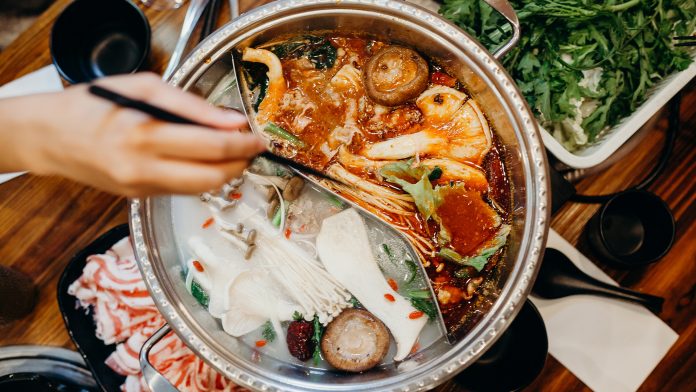
Written by Micah Xu, Converge multimedia journalism intern and Junior at Gwinnett School of Math, Science & Technology (GSMST)
Every American family has a history. Whether that history is from Asia, Europe, Africa, Australia or any other place under the sun, there is always a rich, storied history passed down from family member to family member. These histories can show themselves in stories passed down from an older family member, or, more commonly, family traditions. Family traditions are a lot like flowers: colorful, beautiful and flashy, but in my opinion, the best kind of family tradition are the ones you can sink your teeth into and say “Mmm!” to.
My family immigrated from Indonesia back in the mid-70s, and they did so to escape the rampant violence and crime targeted towards Chinese immigrants in Indonesia at the time. They brought a few traditions with them as they boarded the plane to the United States, and one of those traditions was getting together during special events and having a hotpot.
Hotpots are essentially large pots of soup that are set on a burner, usually on the table, until the soup is boiling. The soup is usually just chicken broth seasoned with soy sauce and vinegar, but that changes when the key element of hotpots is incorporated: the toppings. After the soup is boiling, meat and vegetables are added in and then fished out after boiling in the flavorful broth for a while. Eventually, this process turns the broth cloudy and imparts a distinct meaty, umami flavor to the broth that wasn’t there before.
This tradition is reserved for special occasions, like Christmas or Thanksgiving, and it allows the family to come together and eat at the same table from the same pot as a symbol of unity. It’s also an excuse for every family member to bring their own meats and vegetables, which can be a blessing and a curse. One time, my aunt brought some shiitake mushrooms which, when cooked in the broth, expanded and turned into these delicious, savory bombshells. Another time she brought periwinkles which wouldn’t come out of their shells!
It’s always a surprise to open up the fridge for orange juice on Christmas morning to look at the legion of proteins and vegetables that line the shelves, knowing that as boring as they look now, as soon as grandma gets her hands on them, they will look and taste stunning.
The symbolism of the tradition is just as important as the tradition itself. It represents good times and prosperity, and it represents pulling that prosperity into the next year, or next month. It also represents sharing that prosperity with the family. We all came from the same place, and we will all contribute to the same pot of boiling stock. And, most importantly, we will all eat from the pot we made together.
And that’s the essence of family.





